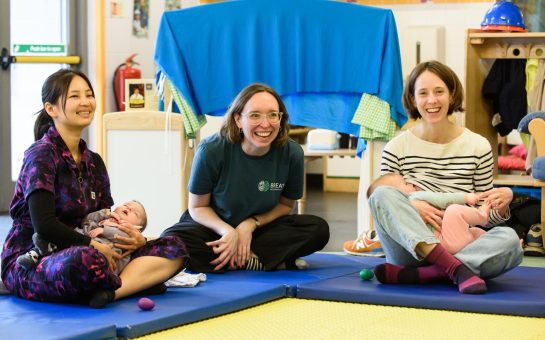Levels of loneliness in the UK remain unchanged since January despite lockdown restrictions easing, according to new data.
With some entertainment venues like pubs partially reopening on 12 April, many people looked forward to being able to see others and socialise again.
However, YouGov’s mood tracker, a weekly poll which asks people to describe their mood, reveals that in spite of lockdown restrictions easing people feel just as lonely as they did in January.
Age UK London senior campaigns officer John McGeachy said: “In some ways, I’m surprised that the number of people reporting feeling lonely hasn’t changed much over the past few weeks, but in other ways I’m not so surprised sadly.
“Covid exacerbated loneliness, but it wasn’t the fundamental cause of loneliness for most people.
“There are underlying things which mean loneliness has been accelerating throughout society for the past few decades.
“When we were speaking to older people last year, there was a significant proportion who said life in lockdown isn’t too different to what it was before lockdown.”
Age UK London is campaigning to protect free travel for older Londoners after use of the Freedom Pass and 60-plus Oyster card holders at peak times was temporarily suspended last year.
It believes the suspension has had a ‘devastating impact’ on the lives of older workers in London, including older people working on the pandemic front line.
Campaign to End Loneliness director Robin Hewings was not surprised at the lack of change in feelings of loneliness in the UK, explaining that people both young and old are at risk of feeling lonely due to the difficult transitions they experience in life.
He said: “It will take time. Loneliness is quite a deep emotion. It doesn’t go up quickly, and it doesn’t go down quickly either.
“Loneliness is more than just seeing people. If you don’t have companionship, you don’t have someone who you can connect with, it leaves people with the feeling of being left out.
“Broadly, if you have a graph with age on the bottom and loneliness on the side, it ends up as a U shape, so younger people are more likely to be lonely, then it goes down, and then it starts going up as people go through a number of difficult transitions in later life.
“Things like developing long-term conditions, losing sight or hearing, or being bereaved. For those kinds of conditions, it makes it more likely that someone will be lonely.”




